I've been working on a project that renders a Mandelbrot fractal. For those of you who know, it is generated by iterating through the following function where c is the point on a complex plane:
function f(c, z) return z^2 + c end
Iterating through that function produces the following fractal (ignore the color):

When you change the function to this, (z raised to the third power)
function f(c, z) return z^3 + c end
the fractal should render like so (again, the color doesn't matter):

(source: uoguelph.ca)
However, when I raised z to the power of 3, I got an image extremely similar as to when you raise z to the power of 2. How can I make the fractal render correctly? This is the code where the iterations are done: (the variables real and imaginary simply scale the screen from -2 to 2)
--loop through each pixel, col = column, row = row
local real = (col - zoomCol) * 4 / width
local imaginary = (row - zoomRow) * 4 / width
local z, c, iter = 0, 0, 0
while math.sqrt(z^2 + c^2) <= 2 and iter < maxIter do
local zNew = z^2 - c^2 + real
c = 2*z*c + imaginary
z = zNew
iter = iter + 1
end